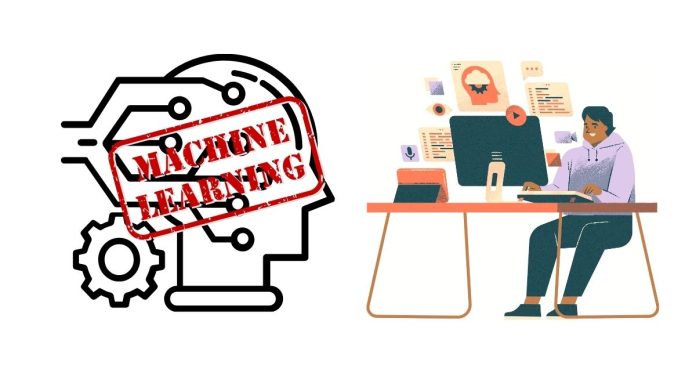Entropy, a concept borrowed from information theory, plays a crucial role in machine learning, particularly in decision-making algorithms like decision trees. It serves as a measure of uncertainty or impurity in data, helping models determine the best way to split datasets and make predictions. In this blog post, we’ll delve into the concept of entropy, its significance in machine learning, and how it drives model performance.
What is Entropy?
Entropy, in the context of machine learning, measures the amount of randomness or uncertainty in a dataset. Introduced by Claude Shannon in the field of information theory, it quantifies the unpredictability of information content.
In simpler terms, entropy evaluates how mixed or pure a dataset is concerning its labels. A dataset with a single class label has zero entropy (pure), while a dataset with an equal distribution of class labels has maximum entropy (highly impure).
The formula for entropy is:
H(S)=−∑i=1npi⋅log2(pi)H(S) = – \sum_{i=1}^{n} p_i \cdot \log_2(p_i)
Where:
- H(S)H(S): Entropy of the dataset SS
- pip_i: Proportion of instances in class ii
- nn: Total number of classes
Why is Entropy Important in Machine Learning?
Entropy is a fundamental metric in decision-making processes, particularly in algorithms like decision trees. It helps determine the optimal way to split a dataset into subsets to maximize classification accuracy.
Role in Decision Trees
When building a decision tree, the algorithm evaluates potential splits in the dataset by calculating the entropy of each subset. A good split reduces the overall entropy, leading to purer subsets.
For example, in a binary classification problem:
- A dataset with a perfect split (all data points in one subset belong to the same class) has an entropy of 0.
- A dataset split where both classes are equally distributed has an entropy of 1.
The algorithm aims to minimize entropy at each node, leading to a more efficient and accurate tree.
Information Gain and Entropy
Information gain is another key concept tied to entropy. It measures the reduction in entropy after a dataset is split based on an attribute. The formula for information gain is:
Information Gain=H(S)−∑i=1k∣Si∣∣S∣H(Si)\text{Information Gain} = H(S) – \sum_{i=1}^{k} \frac{|S_i|}{|S|} H(S_i)
Where SiS_i are the subsets resulting from the split. A higher information gain indicates a more effective split.
Applications of Entropy in Machine Learning
- Decision Trees: Used to evaluate splits for classification and regression tasks.
- Feature Selection: Helps identify features with the most predictive power.
- Clustering: Measures the homogeneity of clusters.
Conclusion
Entropy is a cornerstone concept in machine learning, enabling models to make informed decisions by quantifying uncertainty. By minimizing entropy, algorithms like decision trees can create accurate and efficient models. A solid understanding of entropy not only enhances your grasp of machine learning fundamentals but also equips you to build better models.
Understanding entropy is the first step toward mastering the art of decision-making in machine learning.


